|
Your search criteria found 1199 images Target is Jupiter (and available satellites) |
| My List |
Addition Date | Target |
Mission
|
Instrument | Size |

|
1998-03-26 | Jupiter |
Galileo |
Solid-State Imaging |
900x1600x3 |

|
|||||

|
1998-03-26 | Jupiter |
Galileo |
Solid-State Imaging |
900x1600x3 |

|
|||||

|
1998-03-26 | Callisto |
Galileo |
Solid-State Imaging |
2170x1788x1 |
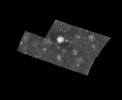
|
|||||

|
1998-03-26 | Io |
Galileo |
Near Infrared Mapping Spectrometer |
2200x1700x3 |
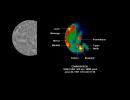
|
|||||

|
1998-03-26 | Callisto |
Galileo |
Solid-State Imaging |
3600x3320x1 |
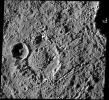
|
|||||

|
1997-11-18 | Callisto |
Galileo |
Solid-State Imaging |
1200x1200x1 |
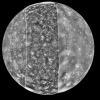
|
|||||

|
1997-11-18 | Ganymede |
Galileo |
Solid-State Imaging |
321x260x1 |
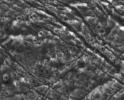
|
|||||

|
1997-11-18 | Ganymede |
Galileo |
Solid-State Imaging |
519x520x1 |
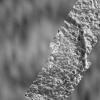
|
|||||

|
1997-11-18 | Ganymede |
Galileo |
Solid-State Imaging |
411x431x1 |

|
|||||

|
1997-11-18 | Ganymede |
Galileo |
Solid-State Imaging |
245x203x1 |
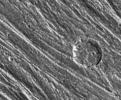
|
|||||

|
1997-11-18 | Ganymede |
Galileo |
Solid-State Imaging |
430x370x1 |
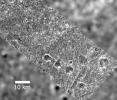
|
|||||

|
1997-11-18 | Ganymede |
Galileo |
Solid-State Imaging |
382x341x1 |
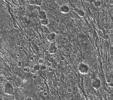
|
|||||

|
1997-11-18 | Ganymede |
Galileo |
Solid-State Imaging |
357x283x1 |
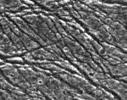
|
|||||

|
1997-11-18 | Io |
Galileo |
Solid-State Imaging |
1600x800x3 |
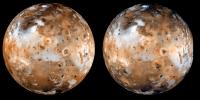
|
|||||

|
1997-11-18 | Io |
Galileo |
Solid-State Imaging |
810x1530x3 |

|
|||||

|
1997-11-18 | Io |
Galileo |
Solid-State Imaging |
193x143x3 |
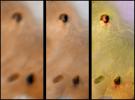
|
|||||

|
1997-11-18 | Io |
Galileo |
Solid-State Imaging |
378x288x3 |
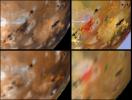
|
|||||

|
1997-11-18 | Io |
Galileo |
Solid-State Imaging |
208x163x3 |
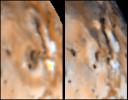
|
|||||

|
1997-11-18 | Io |
Galileo |
Solid-State Imaging |
153x133x3 |
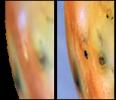
|
|||||

|
1997-11-18 | Io |
Galileo |
Solid-State Imaging |
660x600x1 |
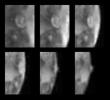
|
|||||

|
1997-11-18 | Io |
Galileo |
Solid-State Imaging |
168x83x3 |

|
|||||

|
1997-11-18 | Io |
Galileo |
Solid-State Imaging |
228x113x3 |
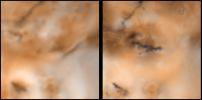
|
|||||

|
1997-11-18 | Amalthea |
Galileo |
Solid-State Imaging |
320x320x1 |
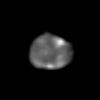
|
|||||

|
1997-11-04 | Io |
Galileo |
Solid-State Imaging |
200x200x1 |
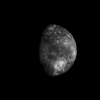
|
|
||||

|
1998-03-26 | Amalthea |
Galileo |
Solid-State Imaging |
798x573x1 |
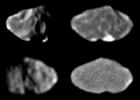
|
|||||

|
1998-03-26 | Thebe |
Galileo |
Solid-State Imaging |
428x195x1 |
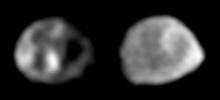
|
|||||

|
1998-03-26 | Amalthea |
Galileo |
Solid-State Imaging |
856x270x1 |

|
|||||

|
1997-11-17 | Callisto |
Galileo |
Solid-State Imaging |
1425x1625x1 |

|
|||||

|
1997-11-17 | Callisto |
Galileo |
Near Infrared Mapping Spectrometer |
900x850x3 |
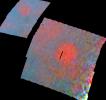
|
|||||

|
1997-11-17 | Callisto |
Galileo |
Near Infrared Mapping Spectrometer |
1800x1700x3 |
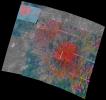
|
|||||

|
1998-03-06 | Jupiter |
Galileo |
Solid-State Imaging |
1300x1000x3 |
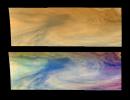
|
|||||

|
1997-11-17 | Io |
Galileo |
Solid-State Imaging |
1401x1938x3 |

|
|||||

|
2000-08-03 | Ganymede |
Galileo |
Solid-State Imaging |
2133x1600x3 |
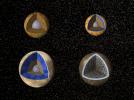
|
|||||

|
1997-11-04 | Jupiter |
Galileo |
Solid-State Imaging |
313x256x1 |
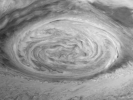
|
|
||||

|
1998-05-08 | Europa |
Galileo |
Solid-State Imaging |
2605x3073x1 |

|
|||||

|
1997-11-20 | Ganymede |
Galileo |
Solid-State Imaging |
648x471x1 |
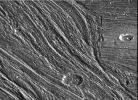
|
|||||

|
1997-11-21 | Ganymede |
Galileo |
Solid-State Imaging |
648x531x1 |
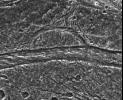
|
|||||

|
1997-11-24 | Ganymede |
Galileo |
Solid-State Imaging |
648x460x1 |
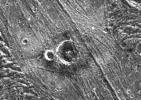
|
|||||

|
1997-11-25 | Ganymede |
Galileo |
Solid-State Imaging |
400x278x1 |
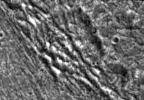
|
|||||

|
1997-11-26 | Ganymede |
Galileo |
Solid-State Imaging |
620x540x1 |
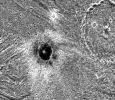
|
|||||

|
1997-12-01 | Ganymede |
Galileo |
Solid-State Imaging |
720x379x1 |
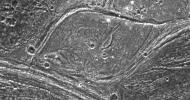
|
|||||

|
1998-05-08 | Europa |
Galileo |
Solid-State Imaging |
2150x1950x1 |
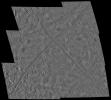
|
|||||

|
1997-12-04 | Jupiter |
Galileo |
Solid-State Imaging |
571x1000x3 |

|
|||||

|
1997-12-10 | Io |
Galileo |
Solid-State Imaging |
1000x1000x3 |
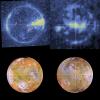
|
|||||

|
1997-12-10 | Callisto |
Galileo |
Solid-State Imaging |
1760x2200x1 |

|
|||||

|
1997-12-10 | Jupiter |
Galileo |
Solid-State Imaging |
1700x900x3 |
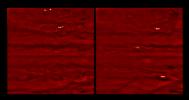
|
|||||

|
1997-12-10 | Jupiter |
Galileo |
Solid-State Imaging |
1650x950x3 |
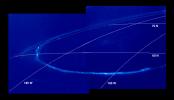
|
|||||

|
1997-12-10 | Europa |
Galileo |
Solid-State Imaging |
807x920x3 |

|
|||||

|
1997-12-18 | Callisto |
Galileo |
Solid-State Imaging |
317x800x3 |
|
|
|||||

|
1997-12-18 | Europa |
Galileo |
Solid-State Imaging |
365x563x1 |

|
|||||

|
1997-12-18 | Europa |
Galileo |
Solid-State Imaging |
639x714x1 |

|
|||||

|
1997-12-18 | Io |
Galileo |
Solid-State Imaging |
743x647x1 |
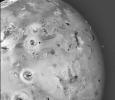
|
|||||

|
1997-12-18 | Io |
Galileo |
Solid-State Imaging |
800x472x1 |
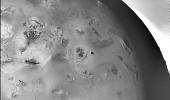
|
|||||

|
1997-12-18 | Io |
Galileo |
Solid-State Imaging |
800x615x1 |
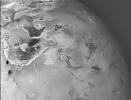
|
|||||

|
1997-12-18 | Io |
Galileo |
Solid-State Imaging |
797x752x1 |
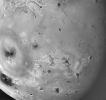
|
|||||

|
1997-12-18 | Io |
Galileo |
Solid-State Imaging |
685x752x1 |

|
|||||

|
1997-12-18 | Io |
Galileo |
Solid-State Imaging |
3711x2569x1 |
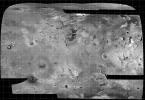
|
|||||

|
1997-12-18 | Io |
Galileo |
Solid-State Imaging |
390x197x3 |
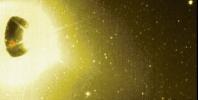
|
|||||

|
1997-12-18 | Io |
Galileo |
Solid-State Imaging |
388x394x3 |

|
|||||

|
1997-12-18 | Io |
Galileo |
Solid-State Imaging |
390x197x3 |
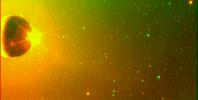
|
|||||

|
1997-12-18 | Io |
Galileo |
Solid-State Imaging |
792x755x3 |
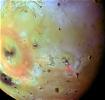
|
|||||

|
1997-12-18 | Jupiter |
Galileo |
Solid-State Imaging |
1000x1700x1 |

|
|||||

|
1997-12-18 | Jupiter |
Galileo |
Solid-State Imaging |
1000x1700x1 |

|
|||||

|
1997-12-18 | Jupiter |
Galileo |
Solid-State Imaging |
1000x1700x1 |

|
|||||

|
1997-12-18 | Jupiter |
Galileo |
Solid-State Imaging |
800x800x3 |
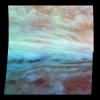
|
|||||

|
1997-12-18 | Jupiter |
Galileo |
Solid-State Imaging |
683x467x3 |
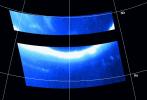
|
|||||

|
1997-12-18 | Jupiter |
Galileo |
Solid-State Imaging |
518x368x3 |
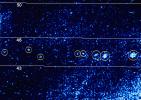
|
|||||

|
1997-12-18 | Jupiter |
Galileo |
Solid-State Imaging |
1000x1000x1 |
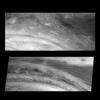
|
|||||

|
1997-12-16 | Europa |
Galileo |
Solid-State Imaging |
1710x1845x1 |

|
|||||

|
1997-12-16 | Europa |
Galileo |
Solid-State Imaging |
1623x1940x1 |

|
|||||

|
1998-02-04 | Europa |
Galileo |
Solid-State Imaging |
1259x556x3 |
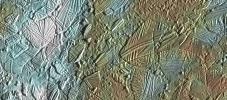
|
|||||

|
1997-12-18 | Callisto |
Galileo |
Solid-State Imaging |
1850x900x3 |
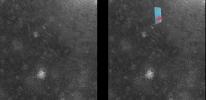
|
|||||

|
1997-12-18 | Io |
Galileo |
Solid-State Imaging |
2666x2000x3 |
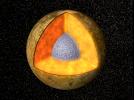
|
|||||

|
1997-12-18 | Europa |
Galileo |
Solid-State Imaging |
2666x2000x3 |
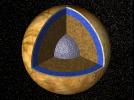
|
|||||

|
1997-12-18 | Callisto |
Galileo |
Solid-State Imaging |
2666x2000x3 |
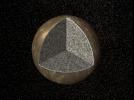
|
|||||

|
1998-01-21 | Europa |
Galileo |
Photopolarimeter-Radiometer |
987x1459x3 |

|
|||||

|
1998-01-21 | Ganymede |
Galileo |
Photopolarimeter-Radiometer |
988x1330x3 |

|
|||||

|
1998-01-21 | Ganymede |
Galileo |
Photopolarimeter-Radiometer |
988x1233x3 |

|
|||||

|
1998-03-02 | Europa |
Galileo |
Solid-State Imaging |
733x406x3 |
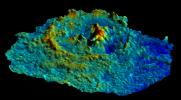
|
|||||

|
1998-03-02 | Europa |
Galileo |
Solid-State Imaging |
1400x1120x1 |
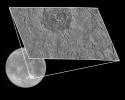
|
|||||

|
1998-03-02 | Europa |
Galileo |
Solid-State Imaging |
796x397x1 |
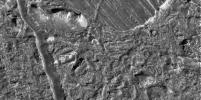
|
|||||

|
1998-03-02 | Europa |
Galileo |
Solid-State Imaging |
792x742x1 |
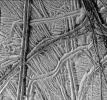
|
|||||

|
1998-03-02 | Europa |
Galileo |
Solid-State Imaging |
792x574x1 |
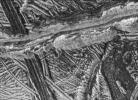
|
|||||

|
1998-03-02 | Europa |
Galileo |
Solid-State Imaging |
310x796x1 |
|
|
|||||

|
1998-03-02 | Europa |
Galileo |
Solid-State Imaging |
874x316x1 |
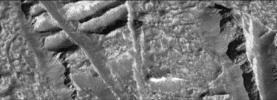
|
|||||

|
1998-03-02 | Europa |
Galileo |
Solid-State Imaging |
912x384x1 |
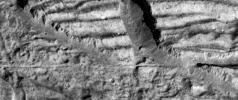
|
|||||

|
1998-03-02 | Europa |
Galileo |
Solid-State Imaging |
798x802x1 |
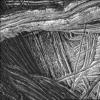
|
|||||

|
1998-03-06 | Jupiter |
Galileo |
Solid-State Imaging |
800x900x3 |

|
|||||

|
1998-03-06 | Jupiter |
Galileo |
Solid-State Imaging |
1300x1000x1 |
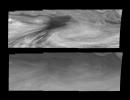
|
|||||

|
1998-03-06 | Jupiter |
Galileo |
Solid-State Imaging |
1300x1000x1 |
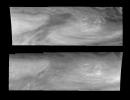
|
|||||

|
1998-03-06 | Jupiter |
Galileo |
Solid-State Imaging |
640x485x1 |
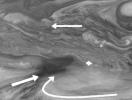
|
|||||

|
1998-03-06 | Jupiter |
Galileo |
Solid-State Imaging |
552x735x1 |

|
|||||

|
1998-03-06 | Jupiter |
Galileo |
Solid-State Imaging |
1600x1200x3 |
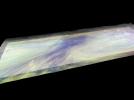
|
|||||

|
1998-03-06 | Jupiter |
Galileo |
Solid-State Imaging |
1600x1200x3 |
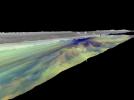
|
|||||

|
1998-03-06 | Jupiter |
Galileo |
Solid-State Imaging |
1600x1200x3 |
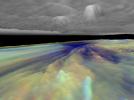
|
|||||

|
1998-03-06 | Jupiter |
Galileo |
Solid-State Imaging |
1600x1200x3 |
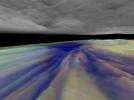
|
|||||

|
1998-03-06 | Jupiter |
Galileo |
Solid-State Imaging |
1600x1200x3 |
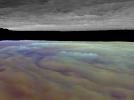
|
|||||

|
1998-03-06 | Jupiter |
Galileo |
Solid-State Imaging |
1600x1200x3 |
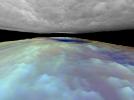
|
|||||

|
1998-03-06 | Jupiter |
Galileo |
Solid-State Imaging |
572x480x1 |

|
|||||

|
1998-03-06 | Jupiter |
Galileo |
Solid-State Imaging |
572x480x1 |

|
|||||

|
 |
 |
 |
 |
 |
 |
 |
 |
 |
 |

|
| 1-100 | 101-200 | 201-300 | 301-400 | 401-500 | 501-600 | 601-700 | 701-800 | 801-900 | 901-1000 |
| Currently displaying images: 301 - 400 of 1199 |